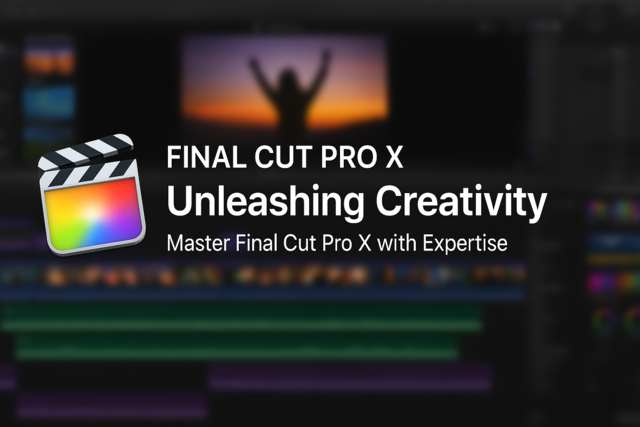Introduction to CSS
Unleash Your Web Design Potential with Essential CSS Skills

11 Hours average completion time
1.1 CEUs
12 Lessons
13 Exams & Assignments
33 Discussions
12 Videos
25 Reference Files
Mobile Friendly
Last Updated November 2025
Unveiling the Secrets of Modern Web Design: Dive Deep with CSS3 & HTML5
Ever gazed upon a stunning website and wondered about the magic behind its flawless design? Welcome to the dynamic universe of Cascading Style Sheets (CSS), the lifeblood of contemporary web design. At the forefront of this evolving domain stands CSS3, the most recent advancement in styling standards. It offers a plethora of innovative properties and declarations, equipping you with the tools to sculpt cutting-edge, interactive, and responsive website designs.
"Mastering Modern Web Design: CSS3 & HTML5 Explained" is your golden ticket to the realm of web design excellence. This comprehensive course gently eases you into the intricate dance of design and coding, making it perfectly suited for both novices and those looking to upgrade their skills.
Course Features and Highlights:
-
From Basics to Brilliance: Venture from understanding elementary HTML declarations to mastering the art of styling using the nuances of CSS3. Whether you're deciphering your first line of code or elevating your foundational knowledge, our course ensures a seamless learning curve.
-
Interactive, Step-by-Step Guidance: We don't just tell; we show. Experience hands-on learning as we walk you through the process of crafting a CSS file, integrating it seamlessly with your HTML code-even if your website resides on a cloud server.
-
Positioning and Layout Perfection: Dive deep into the techniques of element positioning. Learn the art of orchestrating elements in relation to your documents, ensuring your designs resonate with aesthetic coherence and functional finesse.
-
Styling Mastery: Grasp the essence of styling your HTML structures using a rich palette of predefined CSS values. Be it subtle shadows or vibrant animations, let your web pages narrate stories that captivate.
-
Up-to-Date Coding Standards: Stay ahead of the curve. Our curriculum emphasizes the most contemporary practices, focusing predominantly on the advancements of CSS3 and HTML5. Bid adieu to obsolete methodologies and embrace the future of web design.
-
For Everyone and Anyone: Designed with inclusivity in mind, our course caters to a wide audience. Whether you've never encountered a line of CSS code or are simply seeking a refresher, we've got you covered.
Why This Course?
In today's digital age, websites are more than just digital real estate-they are experiences. The confluence of CSS3 and HTML5 has revolutionized how these experiences are crafted and consumed. By embarking on this course, you're not just learning; you're investing in a skill that's invaluable in the modern world.
Enroll in "Mastering Modern Web Design: CSS3 & HTML5 Explained" and set forth on a journey that promises creativity, innovation, and excellence. Unlock the doors to the enchanting realm of web design, and let your creations redefine digital brilliance.
- In-depth understanding of CSS inheritance
- Mastery of CSS3 properties
- Effective use of external stylesheets
- Dynamic list and background styling
- Validation and standards compliance
- Centralized styling for seamless updates
- Responsive design techniques
- Creative use of pseudo elements
- Advanced typography and font styling
- Seamless HTML5 and CSS3 integration
- Efficient layout and positioning skills
-

Adobe After Effects
-

Adobe Photoshop
-

Computer Literacy Level 3 - Living and Working Online
-

Introduction to JavaScript
-

Developing Great Social Skills
-

Computer Literacy Level 2 - Internet Basics
-

Cybersecurity 101
-

Final Cut Pro X
-

Computer Literacy Level 1 - Computer Basics
-

MySQL
-

Adobe Premiere
-

Adobe InDesign
-

Learn HTML - Create Webpages Using HTML5
-

Introduction to Logic
-

Adobe Captivate
-

Adobe Muse
-

Introduction to CSS
-

Adobe Illustrator
-

Introduction to SQL